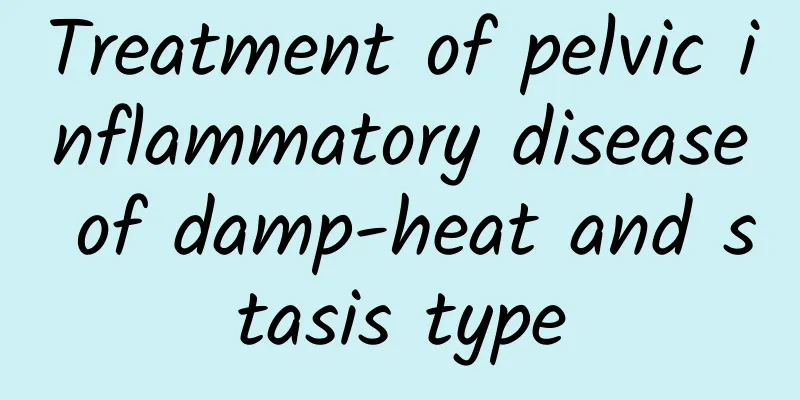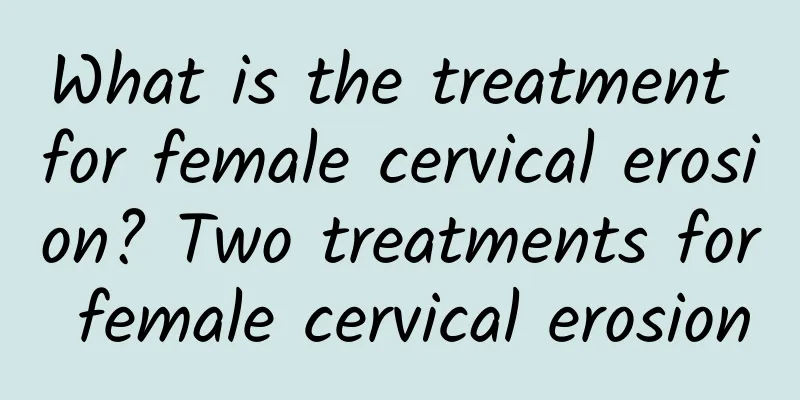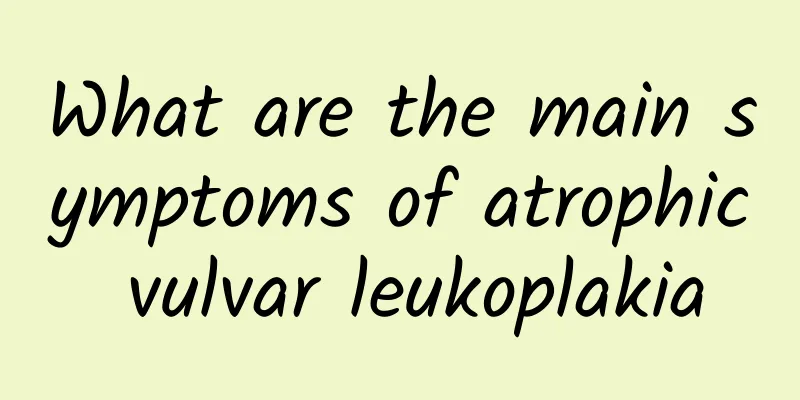How do you get a Bartholin's gland cyst?

|
Bartholin's gland cyst is usually caused by the blockage of the Bartholin's gland duct, which may be caused by infection, inflammation, trauma, etc. It mainly manifests as a lump on one side of the vaginal opening, accompanied by tenderness or discomfort. After diagnosis, it can be treated with medication, surgery or daily care. 1. Catheter obstruction caused by infection Bacterial infection is an important cause of Bartholin's gland cysts, especially when microorganisms such as Escherichia coli and Staphylococcus aureus invade the Bartholin's glands, they can easily cause an inflammatory response, leading to duct obstruction and cyst formation. The risk of bacterial infection is related to personal hygiene habits, sexual behavior, etc. Preventive measures include keeping the vulva clean and avoiding frequent unsafe sexual behavior. Once the infection is serious, antibiotics can be used for treatment, such as cephalosporins, or antibiotics targeting specific bacteria can be used under the guidance of a doctor. 2. Trauma or mechanical stimulation Excessive friction of the vulva and postpartum vulvar injury can easily damage the Bartholin's gland duct, eventually causing mechanical blockage. Such damage may come from improper use of sanitary products, excessive exercise, etc. In such cases, recurrence can be reduced by avoiding re-stimulation. At the same time, for those with mild swelling or discomfort, warm water sitz baths can be tried to relieve it, such as twice a day, each time for about 15 minutes. 3. Spread of inflammation or accumulation of secretions Chronic inflammation may be caused by the spread of infection from the vagina, urethra, or other surrounding tissues. When secretions increase and are not cleaned for a long time, the catheter opening may be blocked and cysts may form. In such cases, it is necessary to see a doctor in time to check whether there is an underlying reproductive tract infection and treat the root cause, such as using metronidazole to control anaerobic infection. 4. Treatment and care methods Treatment depends on the size of the cyst and the severity of your symptoms. If the cyst is small and asymptomatic, observation is usually recommended; if the cyst is large or painful, further surgery may be needed: Drug treatment: Antibiotics are used to control inflammation and infection; pain relievers can relieve tenderness. Drainage: For larger cysts with obvious symptoms, incision and drainage can be performed to relieve local pressure. Ductostomy or Bartholin's gland removal: For patients with recurrent or worsening cysts, your doctor may recommend surgery to permanently resolve the problem. If you feel local discomfort, go to the obstetrics and gynecology department of a regular hospital for diagnosis as soon as possible so that scientific treatment methods can be taken in time. Paying attention to daily cleaning and avoiding unsafe sexual behavior will not only help prevent Bartholin's gland cysts, but also help protect overall reproductive health. |
<<: What foods should not be eaten with adenomyosis
>>: What are the causes of cervical erosion?
Recommend
Do you know about hysteroscopic abortion?
As more and more people undergo abortion , people...
What to do if adenomyosis causes bleeding similar to menstruation after pregnancy
Speaking of adenomyosis, I believe many female fr...
Do you know what symptoms of cervical hypertrophy are?
What are the symptoms of cervical hypertrophy? Wh...
A way to regulate menstruation for those with weak constitutions
The patient is physically weak, has poor appetite...
Analysis of the main causes of ectopic pregnancy
Ectopic pregnancy is a relatively dangerous gynec...
Be careful not to cause menstrual irregularities due to excessive dieting
Irregular menstruation is something most women ha...
Uncles also have big muscles! Daily exercises to strengthen your muscles
I get out of breath after climbing just a few ste...
Does dietary fiber help you lose weight? Dr. Matsutani helped the internet celebrity’s daughter lose 60 kilograms?
Recently, there was a report on the Internet that...
Does normal endometrium mean premature ovarian failure?
Normal endometrium does not mean that premature o...
What a good brush! Dry skin brushing helps detoxify the body
Do you know how much toxic substances you consume...
Taking probiotics for candidal vaginitis
Because candidal vaginitis is mainly caused by Ca...
What are the clinical symptoms of endometriosis?
Endometriosis has a serious impact on women's...
How to treat intrauterine adhesions after cesarean section
The best treatment for intrauterine adhesions aft...
Experts explain what you need to pay attention to after painless abortion
Painless abortion means that women will hardly fe...
Will things return to normal after menopause? Menopause is a normal part of life
Menopause is the transitional stage from maturity...









